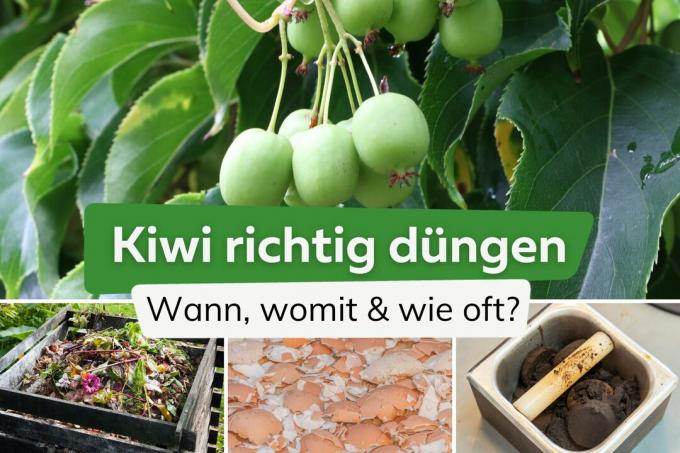
Kiwis are healthy and very popular. In order for them to thrive and produce lots of fruit, the soil needs regular fertilizer. Home growers should find out here when, with what and how often kiwi should be fertilized.
To the point
- Organic fertilizer ideal for kiwis
- Be careful with mineral fertilizers
- Some home remedies are suitable for fertilizing
Table of contents
- Time to fertilize
- Planting time
- season
- The right fertilizer
- compost
- horn meal
- mineral fertilizers
- Fertilize with home remedies
- coffee grounds
- Eggshells
- Potato and/or pasta water
- Banana peels
- Fertilization frequency
- frequently asked Questions
Time to fertilize
The right time depends on two factors.
Planting time
The kiwi is a perennial plant. It should not be fertilized in the first two years after planting if it is grown as a young plant fresh garden soil or nutrient-rich substrate or placed in compost-enriched soil became. Then the soil quality is sufficient in the first two years and additional fertilization could lead to over-fertilization.

The third year is also when you can expect the first fruit formation (at the earliest) and the nutrient requirements increase accordingly.
Therefore: First fertilization from the third year of planting at the earliest.
An important aspect for the development of the plant is Soil pH, which for kiwis should be between 4.5 and 5.5. A regular pH test provides information as to whether/when a fertilizer that changes the pH value should be added is to be administered, which by the way is not subject to a specific time, but is to be administered when necessary is.
season
The best time of year to fertilize kiwi is spring. Fertilization can be carried out from mid-March onwards, when vegetation begins with the first shoots and fertilization gives the plant a good start for strong growth. From the third year of planting onwards, spring fertilization should take place no later than the end of April/beginning of May, so that the Fertilization can still have a positive influence on the flowers, which begins in mid/late May, depending on the variety.
The right fertilizer
There are different types of fertilizers that can be used:
compost
The best organic fertilizer for kiwi is ripe compost represents. Depending on the materials, a compost is ideally ready for fertilizing kiwifruit after around 12 months. Around three liters per square meter should be worked into the soil around the root area.

There is also an alternative to compost Horse manure as fertilizer ideal for kiwis. It is important to ensure that it is well stored and, above all, cooled down, otherwise it can cause burns to the plant and the soil.
horn meal
PH-neutral horn meal is an ideal fertilizer for kiwis that need support in the growth of green parts of the plant. With a content of 14 percent, horn meal is rich in nitrogen, which stimulates green growth. It is therefore often used on older plants that are becoming increasingly bare. Phosphorus up to a maximum of five percent, potassium around one percent and calcium up to six percent Also contained in horn meal, but play a minor role in the reason for fertilizing horn meal Role.
mineral fertilizers
You can also fertilize kiwis with conventional mineral fertilizer. It contains many minerals that have a positive effect on the root system, leaf greenness, flower and fruit formation and the general condition of the plants. However, mineral fertilizer is not considered environmentally friendly because the minerals are not broken down but can pollute the soil.
In addition, some kiwi varieties are sensitive to salt and lime and can quickly become over-fertilized. For this reason and for the sake of the environment, mineral fertilizer should always only be administered in small amounts. Rhododendron fertilizer is best suited for this purpose.
Fertilize with home remedies
coffee grounds
Coffee grounds are an ideal home remedy for fertilizing kiwifruit when the soil pH is too high. It has the property of lowering the pH value.
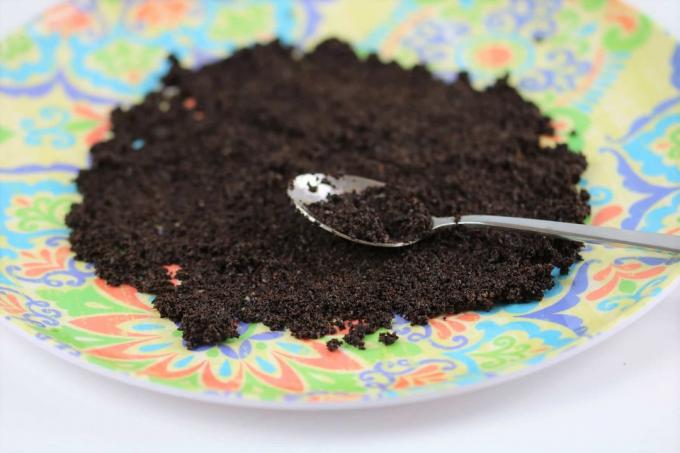
Eggshells
Considered an opponent of coffee grounds Eggshells. They increase the pH value and can be fertilized if it is above 5.5 for the kiwis.
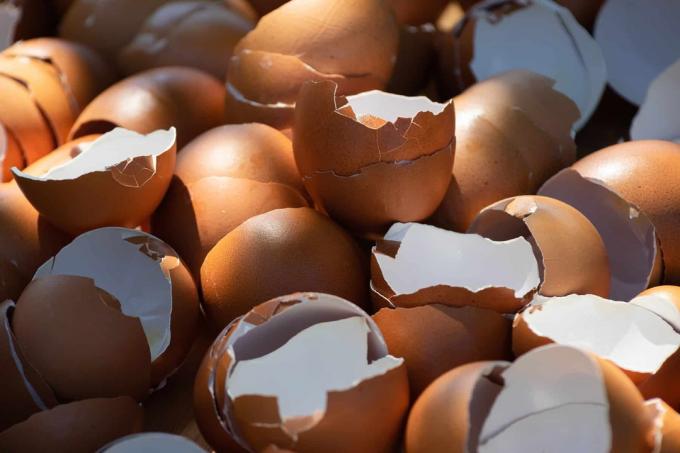
Potato and/or pasta water
Potatoes and pasta contain a lot of starch, which also settles in the water when cooked, and kiwis provide plenty of energy reserves. In addition, natural minerals can be found in potato and pasta water, which promote growth and flower formation.
Important nutrients are also contained in vegetable stock, such as broccoli, Brussels sprouts and cauliflower, although potato and pasta water is not short on nutrients either.
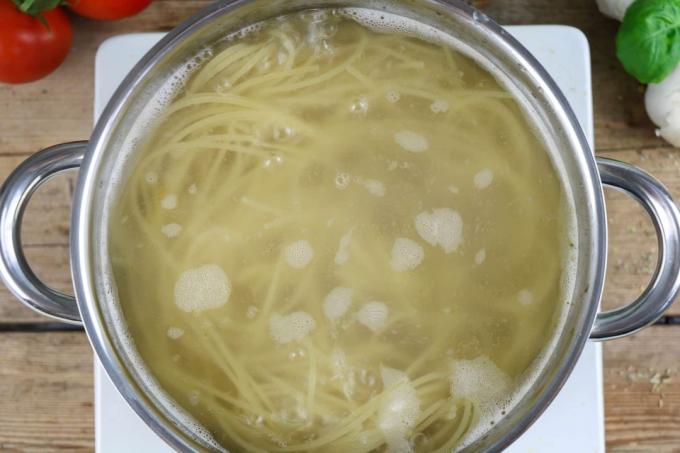
These ingredients are contained in the cooking water and are relevant for kiwis:
- calcium
- iron
- phosphorus
- magnesium
- potassium
- zinc
Banana peels
Banana peels are excellent sources of potassium. Potassium is particularly important for promoting sensitivity to cold. It increases the salt content in the plants, reducing the risk of frostbite. However, you should make sure that you only use banana peels on kiwi varieties that are not sensitive to salt.
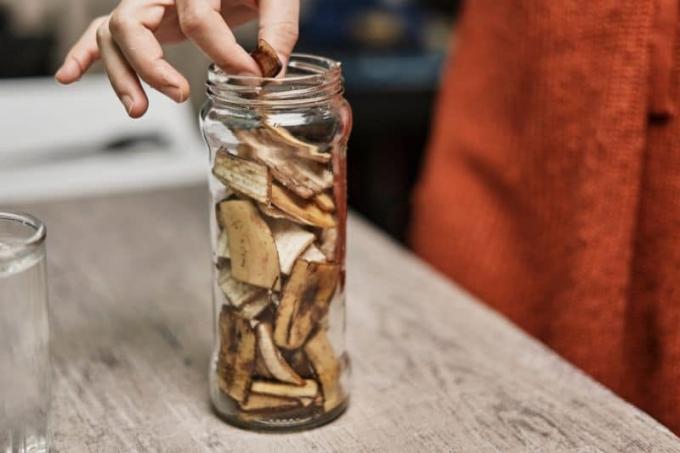
In addition, potassium should generally be used sparingly because too much of it can cause the pH value to rise too high, even in salt-tolerant specimens, and lead to damage. There should be no more than two to a maximum of three banana peels per fertilization.
Fertilization frequency
How often you fertilize depends on the fertilizer and the quality of the soil.
The following applies as a guideline:
- Compost: once a year
- Horn meal: depending on the pH value
- Mineral fertilizer: once or twice a year; Spring and/or during flowering
- Coffee grounds: maximum every two weeks as basic fertilization or as needed
- Eggshells: maximum every two weeks as basic fertilization or as needed
- Cooking water: once a week, especially during flowering
- Banana peels: in autumn to prepare for winter
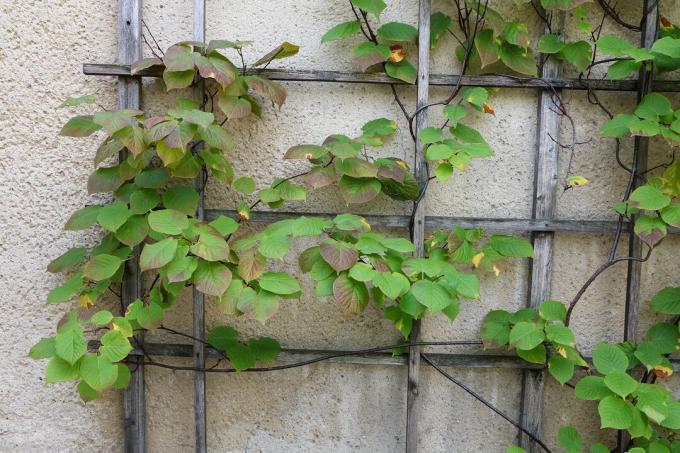
Fertilization should no longer be carried out from August onwards. This could promote the growth and lignification of the shoots, resulting in less fruit production and crop yields. However, an exception is potassium fertilizer for winter preparation.
frequently asked Questions
Yes and no. Due to the limited amount of substrate, the nutrient requirements for kiwis are higher than in a garden bed with a lot of soil around them. Because of the smell, compost probably shouldn't be fertilized indoors. It is best to use an organic long-term fertilizer from the market and mix a household fertilizer into the substrate every two to three weeks.
If the kiwi doesn't bloom, it's often because the soil is too calcareous, which prevents the roots from absorbing nutrients and moisture. Add plenty of alkaline rhododendron soil to the soil and/or fertilize lots of eggshells to quickly increase the pH value.
Iron and magnesium promote fruit ripening and prevent yellowing of the leaves. Conversely, yellow kiwi leaves can indicate a mineral deficiency and in particular an iron and/or magnesium deficiency.



